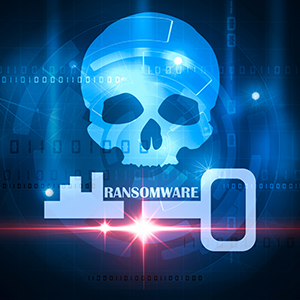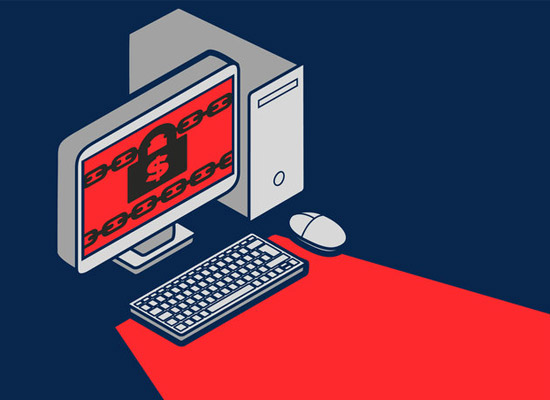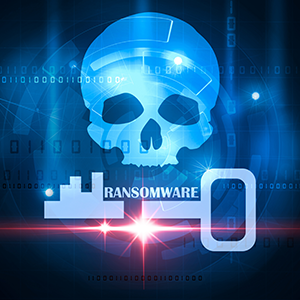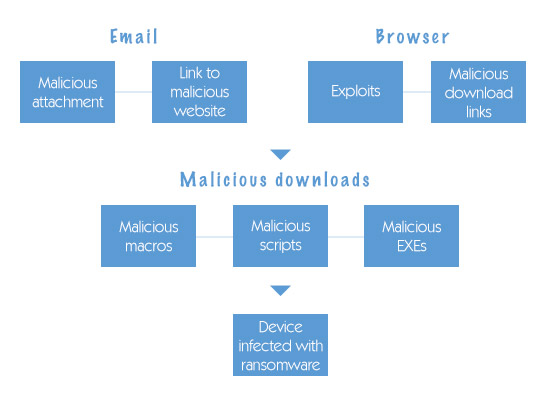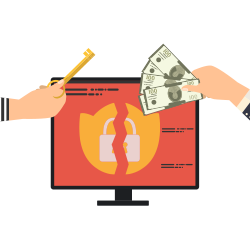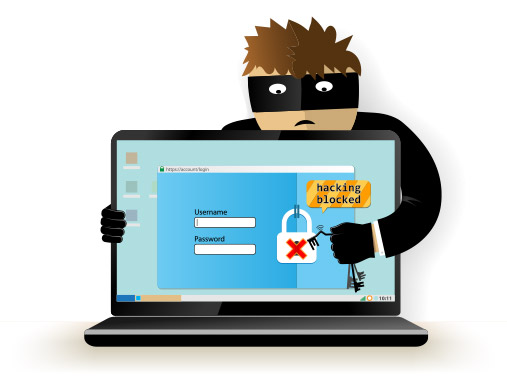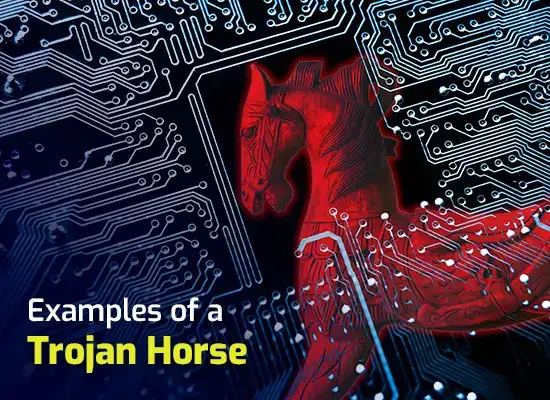How to remove ransomware from Windows 7
Updated on October 20, 2022, by Xcitium
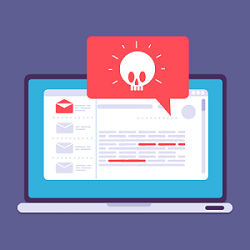
How to remove ransomware from Windows 7 depends on what kind of ransomware it is. It is generally fairly easy to remove ransomware from Windows 7. The problem is that this does not necessarily undo the damage it has caused. It is therefore best to take action to prevent ransomware attacks in the first place and to protect your data if you do become infected. With that in mind, here is a quick guide on how to remove ransomware from Windows 7.
Remove Ransomware From Windows 7: Scareware and encryption ransomware
Scareware is the form of ransomware which just sends the victim a frightening message, hoping that this will intimidate them into paying up. Encryption ransomware is the type of ransomware that encrypts your data to try to force you to pay a ransom for the decryption key.
These two forms of ransomware are at different ends of the scale when it comes to the damage they can cause, but you remove them in the same way. You just install a reputable anti-malware program and have it scan your computer.
In the case of scareware, that will be the end of the matter. It is, however, still advisable to try to figure out how the ransomware got on the computer in the first place. That way you can take steps to stop it happening again. With encryption ransomware, you have a lot more work to do. Hopefully, you will have a ransomware-proof data backup from which you can restore. This is the only sure way to regain access to your files without paying the ransom.
Lockware
Although lockware is essentially a twist on scareware, it takes a bit more effort to remove. The reason for this is that lockware does actually freeze your PC, hence the name. This means that you need to boot up into safe mode to get access to the functions you need to remove the infection.
Try booting up into safe mode with networking and see if you can install an anti-malware program and have it scan your computer. If you can’t, boot up into safe mode with command prompt and restore to a point before the infection. Then install an anti-malware program and have it scan your computer, just to be on the safe side.
Protecting your data from encryption ransomware
You should always do your best to keep ransomware from entering your systems in the first place. The harsh truth, however, is that it can slip past even the best defenses. This means that you need to be prepared for it.
First of all, you should keep all sensitive data encrypted. You absolutely must keep all personally identifiable data encrypted. This includes the data you collect from your own employees.
For clarity, if someone can access your files to encrypt then, then they can access your files to read them if they are in the clear. Ransomware attacks have become strongly linked with data theft. This means that, ironically, falling victim to one could see you end up on the wrong side of the law while the perpetrators go free. While this may seem hugely unfair, the fact is that people are expected to be aware of current threats, such as ransomware, and protect against them.
Secondly, you need to have an off-site database. These days, that will probably mean in a second cloud. For completeness, a public cloud is usually fine, even if regulated industries, as long as you keep your data encrypted. Ideally, you should be able to restore to different time points, in case there is a delay in noticing the attack.
Remove Ransomware From Windows 7: Preventing ransomware from infecting a Windows 7 PC
Windows 7 is now out of support by Microsoft (unless you’re an ESU customer). This means that it has ceased to receive updates. It’s advisable to check that all existing updates have been installed and to keep a copy of them on physical media just to be on the safe side.
The lack of protection from Microsoft basically means that anyone who still uses Windows 7 is now completely reliant on their anti-malware scanner and firewall. It, therefore, makes sense to look for a robust anti-malware product with an integrated firewall backed by a reputable cybersecurity company.
These days, most people and organizations are best advised to look for cloud-based security products. The first major benefit of being in the cloud is that the vendor takes care of all updates. The second is that cloud-based products push the storage and processing requirements onto the back-end servers. This is particularly useful for people using older computers, such as your average Windows 7 PC.
Please click here now to start your free 30-day trial of Xcitium AEP.
Related Sources:
Remove The Ransom Virus
Ransomware Attacks
Ransomware Protection
Ransomware Removal
Ransomware Virus
Best Tools For Network Inventory Management
Remove Ransomware From Windows 10

